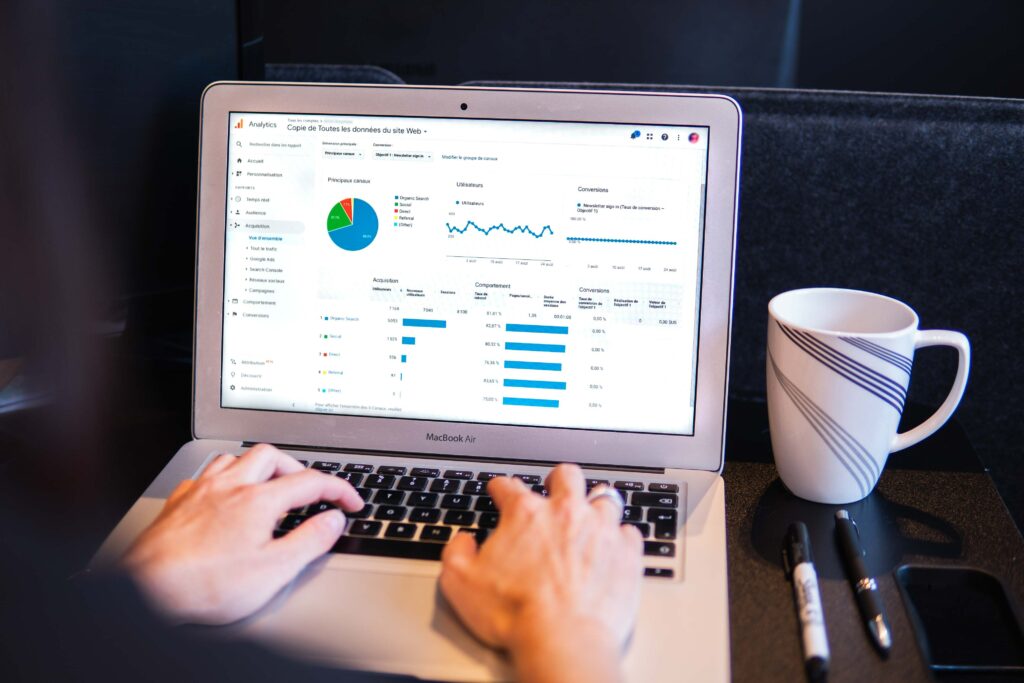Looking to improve your WordPress website’s SEO? Optimizing your images is a key element in boosting your site’s visibility and performance. In this blog post, we’ll explore a variety of image optimization tools specifically designed for WordPress. By utilizing these tools, you can enhance your website’s load times, user experience, and search engine rankings. Whether you’re a seasoned WordPress user or just starting out, these tools are essential for maximizing the potential of your website. Let’s dive into the world of WordPress image optimization and take your SEO efforts to the next level!
Understanding Image Optimization
Image optimization plays a crucial role in improving the performance of your WordPress site. By ensuring faster page load times, you can significantly enhance the user experience and positively impact your SEO efforts. Proper image optimization not only improves search engine rankings but also makes your site more accessible to search engine crawlers. Additionally, reducing the size of images without compromising quality helps conserve server resources and minimizes bandwidth usage. Understanding the different image formats and knowing when to use them is essential for effective image optimization on WordPress, ultimately contributing to the overall success of your website.
Importance of Image Optimization
Optimized images are key to enhancing website performance, as they contribute to faster load times, improved user engagement, and reduced bounce rates. Moreover, image optimization significantly enhances the mobile-friendliness of a WordPress site, which is crucial for SEO in today’s digital environment. By improving website loading speed through image optimization, you can positively impact conversion rates and overall user satisfaction, ultimately leading to a more successful online presence. What’s more, search engines prioritize websites with optimized images, making it an essential factor for improving organic search visibility.
Factors Affecting Image Optimization
When it comes to optimizing images for SEO on WordPress, several key factors come into play. The file format, compression level, dimensions, and alt text all play crucial roles in determining the effectiveness of your image optimization efforts. Additionally, the choice of plugins or tools for compression and lazy loading can greatly impact the process. It’s also essential to consider responsive design principles and caching mechanisms to ensure optimized images across varying devices and user scenarios. Furthermore, website performance, hosting infrastructure, and content delivery networks (CDNs) all contribute significantly to the successful implementation of image optimization strategies. These factors collectively influence the overall SEO performance of your WordPress site, making it crucial to pay attention to each aspect for optimal results.
Top Image Optimization Tools for WordPress
Image optimization tools such as PluginX and PluginY offer a user-friendly interface, making it easy for beginners to optimize images without technical skills. With PluginY, users can automatically compress and resize images upon upload, saving time and improving site speed. On the other hand, PluginX provides an extensive range of optimization options, including lazy loading, WebP conversion, and image compression. PluginY’s advanced features allow users to generate WebP images, implement lazy loading, and customize image alt text for better SEO, providing a comprehensive set of tools to enhance WordPress SEO efforts.
Tool 1: PluginX
Efficient image management and optimization are made seamless with PluginX’s integration with the WordPress media library. Users can conveniently track the impact of image optimization on site speed and SEO rankings through detailed performance reports. Additionally, PluginX automatically generates multiple image sizes to ensure responsiveness across various screen resolutions. The plugin’s bulk optimization feature further streamlines the process by allowing users to optimize all existing images on their website with just a few clicks, making it a time-saving and user-friendly tool for WordPress image optimization.
Tool 2: PluginY
PluginY offers a range of advanced features to streamline image optimization on WordPress. With built-in support for lazy loading, it improves page load times by deferring offscreen images, contributing to a faster and more efficient user experience. Additionally, its automatic optimization feature allows users to set specific image quality levels, catering to their preferences and requirements. Moreover, PluginY’s capability to create XML sitemaps for images significantly enhances their discoverability by search engines, ultimately boosting SEO efforts. Furthermore, the seamless integration with popular page builders and e-commerce platforms ensures convenient usage and compatibility across various website setups.
Best Practices for Image Optimization in WordPress
When optimizing images for your WordPress site, it’s crucial to choose the appropriate file format based on the type of image. For photographs, consider using JPEG for a good balance between quality and file size, while PNG is more suitable for graphics and images with transparency. Additionally, implementing responsive image resizing techniques ensures optimal display on various devices, and utilizing tools like Smush or EWWW Image Optimizer can help compress images without compromising quality. Another effective strategy is to implement lazy loading, which defers offscreen images until they are needed, ultimately improving page load times for a smoother user experience. Lazy loading can be easily achieved through plugins like Lazy Load by WP Rocket, contributing to a more efficient website performance.
Choosing the Right File Format
When optimizing images for your WordPress site, it’s important to consider the type of image you are working with. Depending on whether it’s a photograph, graphic, or a logo, you’ll want to choose between JPEG, PNG, GIF, or SVG formats based on their individual characteristics and your specific needs. Compatibility and visual quality should be prioritized when selecting a file format, ensuring that it aligns with your website’s design and performance requirements. Additionally, evaluating the need for transparency in images can help determine whether PNG is necessary, especially if it supports alpha channels for smooth integration with different backgrounds. For logos or simple graphics, opting for the SVG format is beneficial as it offers scalability without loss of quality, ultimately enhancing responsiveness and sharpness.
Resizing and Compression Techniques
When considering image optimization for your WordPress site, it’s crucial to select suitable image dimensions that align with your website’s layout and design, striking a balance between high resolution and efficient loading speed. Additionally, employing lossless compression methods can significantly reduce file size without compromising image quality. Utilizing tools like Imagify or ShortPixel can help achieve this seamlessly. It is important to avoid scaling down large images using HTML or CSS alone, as this doesn’t affect file size. Instead, consider using image editing software before uploading them. Furthermore, explore dynamic resizing options provided by WordPress plugins such as Imsanity or Resize Image After Upload to automate the process and save valuable time.
Conclusion
In conclusion, understanding the significance of image optimization and its impact on website performance and SEO is crucial for every WordPress user. By considering the factors influencing image optimization and implementing the best practices for WordPress image optimization, website owners can enhance their online presence and user experience. The top image optimization tools for WordPress, such as PluginX and PluginY, offer efficient ways to streamline the optimization process and boost SEO efforts. Additionally, the choice of file format, resizing techniques, and compression methods play a key role in achieving optimal image presentation and load speed. With the right approach and utilization of these image optimization tools, WordPress users can effectively enhance their website’s SEO and overall performance.


